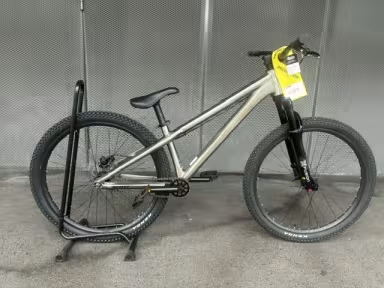Classic Bikes Frameset
50 Framesets
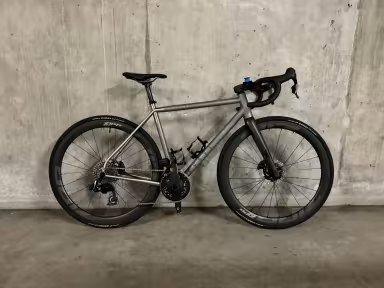
Curve Cycling Belgie Ultra

Skualos Tao

Cervélo S5

COLNAGO V4Rs

Other Léon Frameworks Genus Kit Cadre

COLNAGO C68 Gravel
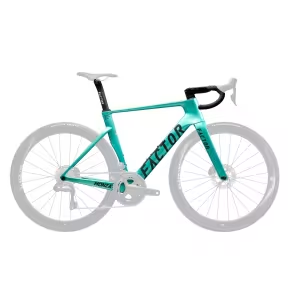
Factor Monza Standart Package
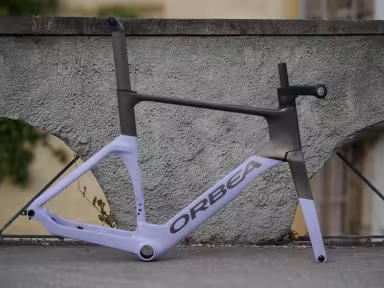
Orbea Orca Aero
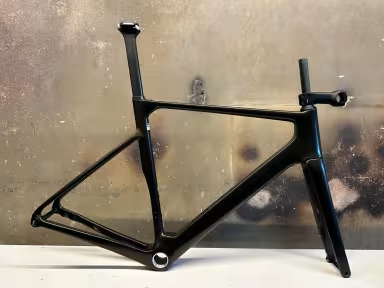
Cervélo Soloist

SPECIALIZED Tarmac
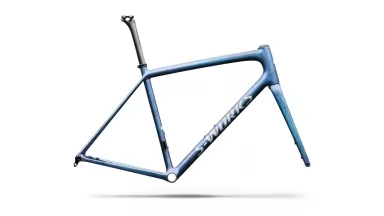
SPECIALIZED S-Works Aethos 2 Frameset
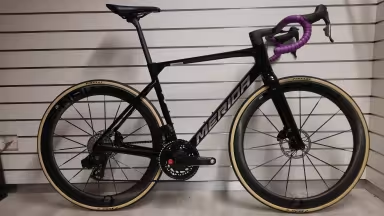
MERIDA Scultura 10K Cf3 V (Frameset)

SPECIALIZED Tarmac

BMC Slr 01 Frm Set (58)
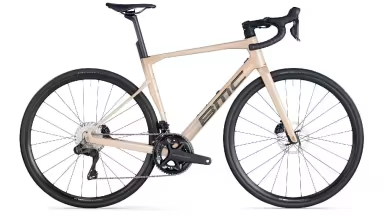
BMC Roadmachine ONE
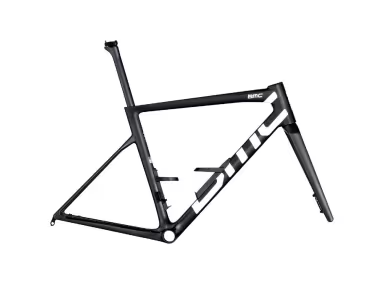
BMC Teammachine Slr 01 Frs Var0

BMC Teammachine Slr 01 Frs Var0

BMC Teammachine Slr 01 Frs Var0
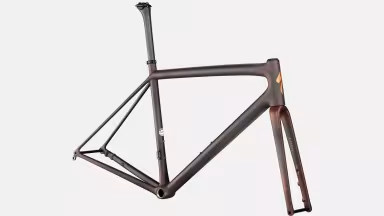
SPECIALIZED S-Works Aethos

SPECIALIZED Aethos Frameset
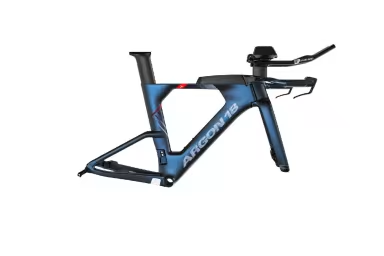
Other E-119 Tri+ Disc

BMC Roadmachine ONE

BMC Roadmachine ONE

BMC URS 01
Buying advice for: Race & Triathlon: Frameset
Frame material
The most common frame materials are carbon, aluminium, steel and titanium. Carbon frames are particularly popular with racing bike fans. They offer excellent rigidity and strength while being lightweight. However, carbon frames are usually more expensive than frames made from other materials. They can also be more susceptible to damage from impacts or falls. Due to their positive characteristics such as good rigidity, strength and durability, aluminium frames are very common among racing bikes. They are generally cheaper than carbon frames and still offer good performance. However, there is one possible disadvantage of aluminium frames. They can be slightly less comfortable than carbon frames, which could be particularly noticeable on long distances. Steel frames have a long tradition in cycling and are favoured by many riders mainly because of their comfortable ride and durable construction. Although they are usually somewhat heavier than aluminium or carbon frames, they still offer a comfortable ride with excellent shock absorption. This should not be underestimated, especially on uneven roads. Titanium frames are best known for their unique combination of strength and corrosion resistance. Titanium frames are also very lightweight. They are also very durable and have a natural suspension that contributes to a comfortable ride. However, it should be noted that titanium frames are a more expensive frame option.
Frame type
The classic road bike frame has a steep seat tube angle, a long top tube and a short head tube. This is particularly suitable for a sporty riding position with maximum efficiency and performance. However, endurance frames can also be used for racing bikes. They have a slightly more relaxed geometry than traditional road bike frames. They often have a shorter top tube, a higher head tube and a flatter seat tube, which leads to a more upright riding position. They are therefore particularly suitable for long-distance rides. Aero frames are specially designed for maximum aerodynamics and often have lowered seat tubes, integrated cables and hidden brakes to minimise drag and increase speed. However, lightweight and gravel frames can also be found among racing bikes.
Geometry
The geometry of racing bikes plays a decisive role in the fit, handling and comfort of the bike. For example, the seat tube angle and steering angle are fundamental. A steeper seat tube angle leads to a forward leaning riding position, which is often favoured for efficient pedalling and climbing. The steering angle, on the other hand, determines the angle of the head tube in relation to the horizontal of the racing bike. A slacker steering angle leads to a more stable ride at high speeds, while a steeper steering angle makes handling more agile. The geometry of road bikes varies depending on the manufacturer, model and frame size. It is important to choose a geometry that suits your body size and personal riding style. Here it is particularly important to first clarify whether the road bike is to be used for demanding race routes or for more relaxed and longer routes. This allows the appropriate geometry of the road bike frame to be determined.
Size
The frame size for a road bike is usually measured by the length of the seat tube and can vary depending on the manufacturer and model. For a body height of less than 160 cm, frame size XS or 44-48 cm is recommended. For a body height of 160-170 cm, frame size S or 48-52 cm is suitable. If your height is between 170-180 cm, frame size M or 52-56 cm is a good choice. If you are 180-190 cm tall, frame size L or 56-58 cm is suitable. For cyclists taller than 190 cm, frame size XL or 58-61 cm is a good choice. The crotch length, measured from the crotch to the ground, should also be taken into account. There should be sufficient standover height when you stand on the road bike to get safely over the frame.
More interesting bikes
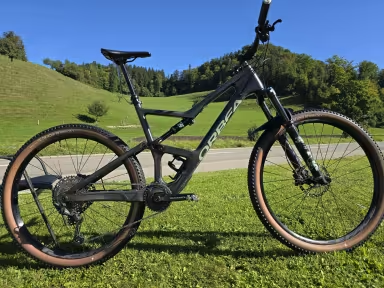
Orbea Occam M30

Diamant Zouma Deluxe
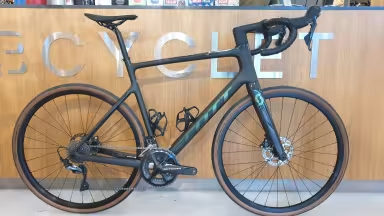
SCOTT Addict 20
